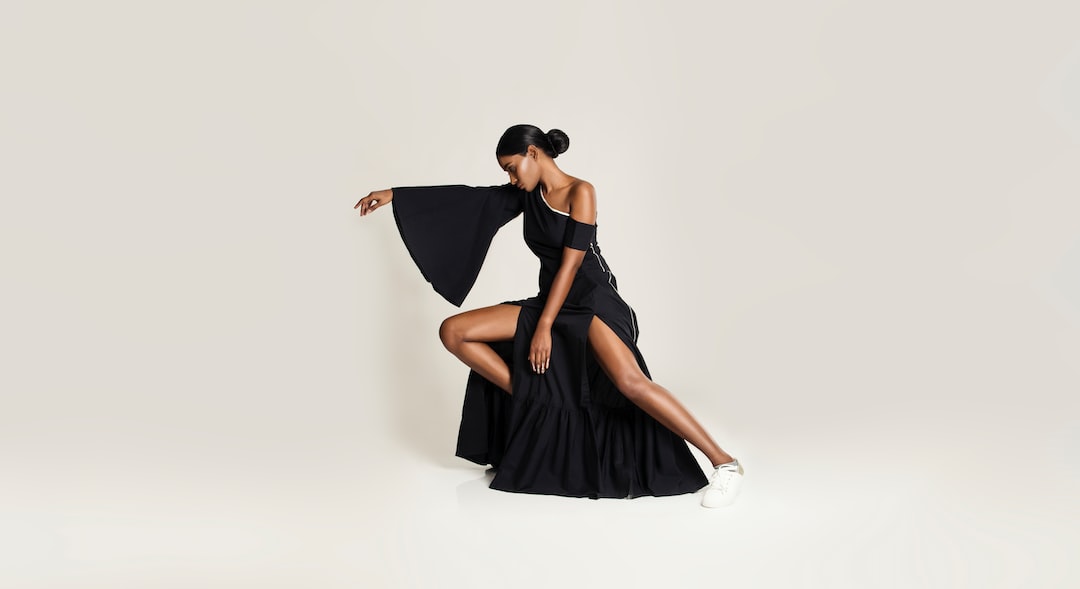The Psychology of Color in Fashion and How It Affects Your Mood
Colors play a significant role in our daily lives, influencing our emotions, behavior, and even our mood. Whether we realize it or not, the colors we choose to wear can have a profound impact on our overall outlook and demeanor. In the realm of fashion, understanding the psychology of color can empower individuals to make intentional choices that reflect their desired mood and personality.
Red, for instance, is a color commonly associated with feelings of passion, power, and energy. When wearing red, we often feel more confident and assertive. This bold hue can boost our adrenaline levels and increase our heart rate, leaving us feeling more energetic and ready to take on any challenge. It is no wonder that red is often the go-to color for important presentations or job interviews, as it exudes a sense of strength and determination.
On the opposite end of the spectrum, blue is often associated with calmness, serenity, and relaxation. When wearing blue, our bodies tend to release chemicals that promote tranquility and stability. This color is often recommended for stressful situations or when seeking a sense of peace and introspection. It is not surprising that hospitals, spas, and wellness centers often feature blue hues in their decor, as it helps create a soothing and serene environment.
The color yellow is known for its association with happiness, optimism, and positivity. When we wear yellow, it can increase feelings of joy and cheerfulness. It is a color that is often associated with creativity and innovation. Wearing yellow can brighten up our day and make us feel more confident and outgoing. Incorporating this color into our wardrobe can help us embrace a brighter and more positive outlook on life.
Green is known for its connection to nature, growth, and renewal. It is a color that has a grounding effect, providing a sense of balance and harmony. Wearing green can evoke feelings of calmness, stability, and healing. It is often considered a color that symbolizes hope and abundance. Incorporating shades of green in our fashion choices can help us reconnect with nature, feel centered, and promote a sense of overall well-being.
Pink is often associated with femininity, compassion, and tenderness. It is a color that elicits feelings of warmth, nurturance, and love. Wearing pink can have a soothing effect, promoting feelings of relaxation and care. It is a color that can help foster connections and intimacy with others, as it creates a sense of empathy and understanding.
Black, on the other hand, often evokes a sense of sophistication, elegance, and authority. It is a shade that represents power and mystery, often associated with being sleek and fashionable. Wearing black can create a sense of empowerment and confidence, making us feel ready to conquer the world. It is a classic color that is often used for formal events or to convey a sense of professionalism.
While these are just a few examples, the psychology of color in fashion is a vast and complex field. Different hues can evoke unique emotions and have different cultural and personal meanings. One person’s interpretation of a color may not be the same as another’s, as personal experiences and cultural backgrounds influence our perceptions. It is essential to pay attention to how certain colors make you feel personally and experiment with different hues to find what resonates with you.
Understanding the psychology of color in fashion allows us to make intentional choices that align with our desired mood and emotions. By strategically incorporating colors into our wardrobe, we can influence our mood, project confidence, and create a powerful impact on ourselves and those around us. So next time you choose an outfit, take a moment to consider the message you want to convey and select the colors that reflect your desired mood and personality.
